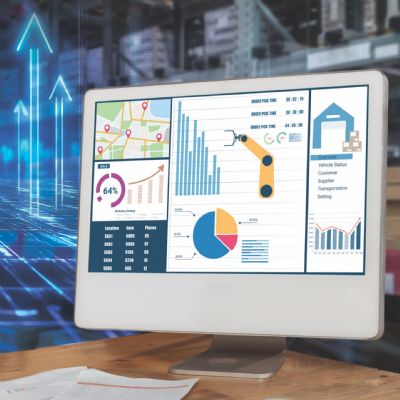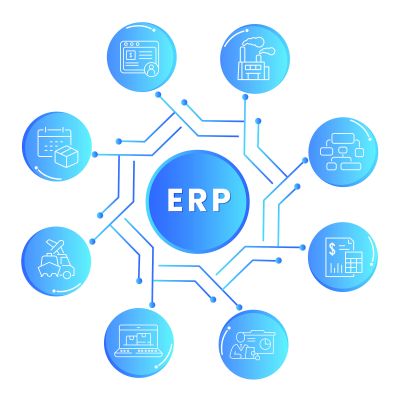The Challenges of Modern Material Requirements Planning
September 1, 2016Comments
The right MRP system can deliver improved utilization of facilities and resources, better inventory planning and scheduling, faster response to market demand and changes, increased customer satisfaction, and, ultimately, increased profits...if potential pitfalls are addressed.
Material requirements planning (MRP) came onto the manufacturing scene six decades ago in response to the introduction of lean production by Toyota. Essentially a computerized production-planning and inventory-control system, MRP integrates data from a variety of sources including inventory, production scheduling and bills of materials to calculate the most efficient and effective purchasing and shipping schedules for parts, components and subassemblies required to manufacture a product.
MRP 101
Over the years, as manufacturers have become increasingly dependent upon software-based business and operational processes, some have confused the functionality and roles of MRP and ERP (enterprise resource planning). It’s easy to see why. There are, in fact, two MRPs: material requirements planning as discussed in this article, and its offshoot, manufacturing resource planning (often referred to as MRP II), which broadened the scope of software-system use in manufacturing beyond material requirements planning into other aspects of the manufacturing process. As a second generation of MRP, MRP II is a closed-loop system that uses production planning to drive the master schedule, which in turn drives the material plan that provides the capacity-plan input. At the end of a production cycle, feedback informs a reiterative process that further tweaks the manufacturing operation to wring even more efficiencies out of it and help further reduce waste.
MRP II eventually evolved into ERP, which added business processes such as customer-relationship management, accounting and data management to the mix. For some manufacturing businesses looking to simplify their IT infrastructure with a single process-management platform, it might be okay to roll MRP functionality (in both its forms) into an ERP system. However, there are some risks involved, especially if the user’s manufacturing processes and material-handling needs are fairly complex and if the ERP system in use is not rooted in manufacturing.
Regardless of the confusion between MRP and ERP, MRP plays an essential role in manufacturing, enabling the production process to proceed smoothly and efficiently. As an inventory-management system, MRP not only helps production managers plan and schedule raw-material purchases, it also helps reduce waste by minimizing both raw materials in stock and finished products awaiting distribution. A lack of proper MRP processes jeopardizes the ability to reliably and consistently manufacture products in a timely and efficient manner.
Bad Data Can Undermine the System
Data integrity lies at the root of most MRP problems. The classic piece of computer conventional wisdom still holds true: Garbage in, garbage out. Any discrepancies in inventory data, bill-of-material (BOM) data or the master production schedule will result in faulty output data.
Data integrity also can be compromised by inaccurate cycle-count adjustments, mistakes in receiving input and shipping output, scrap not reported, waste, damage, box-count errors, supplier-container errors, production-reporting errors, and general system issues. Many of these data errors can be minimized by implementing pull systems and using barcode scanning. Most MRP experts recommend data integrity of at least 99 percent in order for an MRP system to provide useful and effective results.










